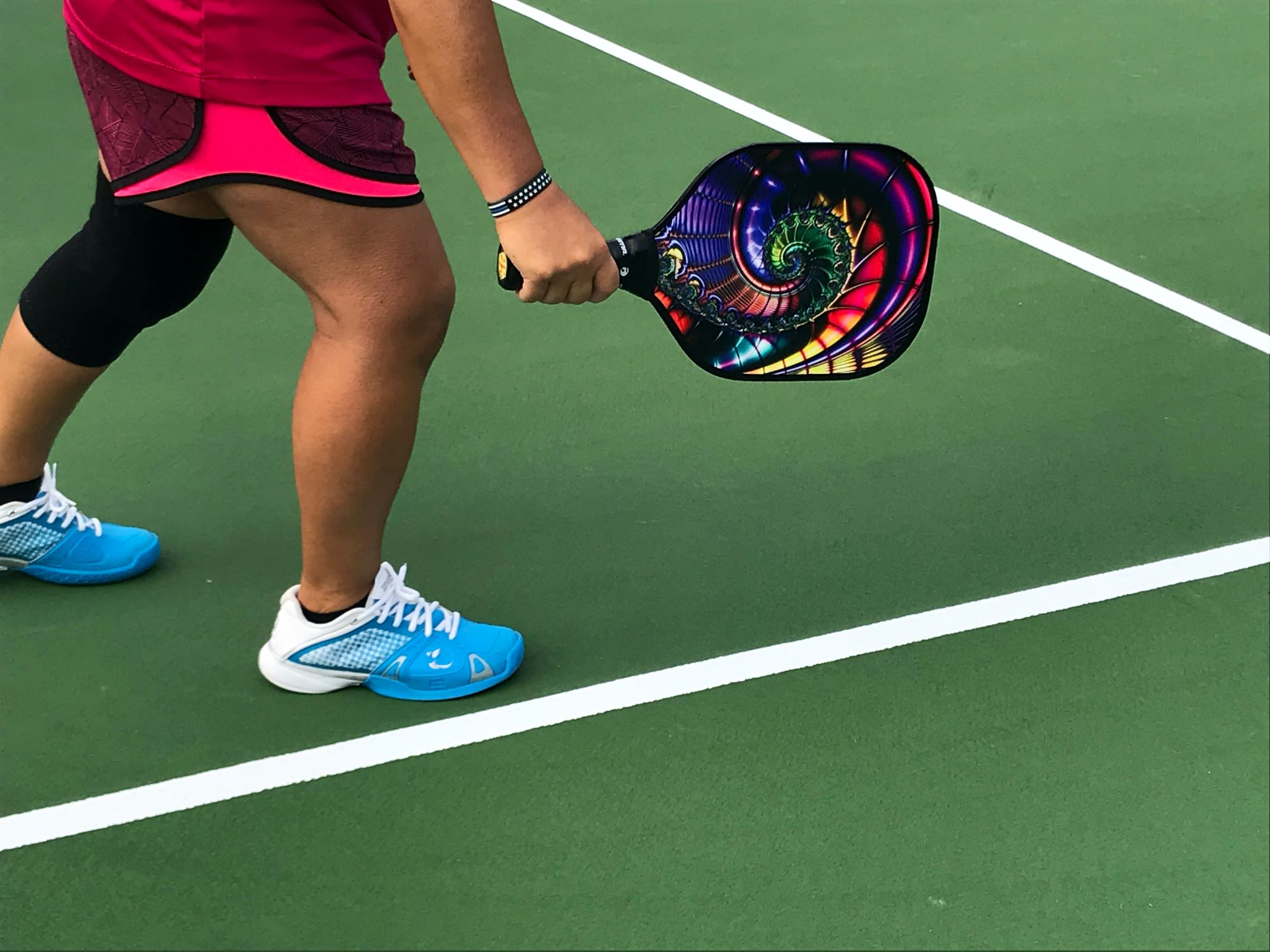Reports & Insights
No time to let up

No time to let up
Reports & Insights
This article was originally published by Racquet Sports Industry Magazine and written by Kent Oswald. It is reproduced here with permission.
Despite recent good news on the court footwear sales front, retailers can’t afford to be complacent.
This past year has been outstanding for sales of court footwear. New, casual, regular and frequent players facing indoor physical activity restrictions related to Covid-19 took to the courts and needed shoes. Federal stimulus money supported retail spending. The result, according to NPD Group Senior Sports Industry Advisor Matt Powell, was year over-year growth for tennis footwear in the high single digits (a pickleball footwear breakout is not available). Sports Marketing Surveys adds details to the good news story, estimating that in 2021, pro/specialty dealers racked up $127 million in footwear sales, which is about 29 percent above pre-Covid. That translates into retailers selling about 1.2 million pairs, an 18 percent increase over the previous year. However, as we see in the prospectuses of mutual funds, “Past results are no guarantee of future performance.” The NPD Group’s Powell cites a cycle in demand, workplace changes sending more people back to the office, and a tightening in personal spending in response to economic uncertainty all contributing to a 2022 first-quarter downturn in tennis footwear sales of more than a third. And everyone in the industry frets over how competition from e-sports and other sedentary pastimes are barriers to building a connection with Generation Z (and maintaining a connection with some Gen Y and Xers). A specific challenge for retailers comes from manufacturers, who are dealing with their rocky revenue streams not by raising the shelf price of shoes, but by changing certain terms or adding to fees that cut into retailers’ overall margins. Planning for the future also requires an uncomfortable degree of guesswork as supply chain uncertainty continues to challenge effective inventory control. Will retailers be receiving shoes in the quantity and in the timeframe that best aligns with the thinking when the products were first ordered?
Not a Time to be Complacent
Predicting the future is difficult, but that does not mean you shouldn’t be planning for it. Adam Burbary, founder of the Denver-area retail chain Game-Set-Match Inc., believes that despite the recent 20 percent revenue spike, anyone who is complacent right now is being short-sighted. While giving full credit to the passionate pickleball players building their game’s footprint, and well aware of the health benefits we’ve always known tennis to provide, Burbary is clear-eyed on the special circumstances that encouraged recent success. The goal is to keep customers in stores, and to do that, retailers have to reach out to others to keep them in the game—whether it’s tennis, pickleball or another racquet/paddle sport.
Burbary explains the evolution of his thinking toward a “concierge of the courts” model, which he first conceived when he opened the first Game-Set-Match location in 1989. While his stores provide everything an individual or team would want in terms of footwear, clothing, equipment and accessories, he says that alone is not enough. Customer retention is key, so Burbary also serves as a source for coaches and facilities and counts on those relationships as a key to sales. Success is not selling one pair of shoes, but keeping that player’s feet returning to the court—and to your store. Let players know where they can play, how to find coaches and what options best fit their games. Particularly in challenging times, a business thrives not from just servicing the player, but by building the network that keeps the player playing, which keeps that player coming back to your store for more service.
Trained and Knowledgeable Staff
More people working from home and adopting the athleisure lifestyle are not on their own going to take court footwear back to the halcyon days of the 1970s and 1980s. The shoes today look great and, using the much larger running market as a lab, manufacturers are bringing increasingly sophisticated tech to court footwear, too. However, even a superior product does not sell itself. People on the selling floor need training and patience. For example, when Burbary talks specifically about footwear, he mentions a challenge that comes with the growth of pickleball. Tennis players adding pickleball can be satisfied with tennis footwear, but players new to pickleball, particularly older ones, are often concerned when their equipment is not pickleball-branded. While it could be a nightmare that “SKUs everything up,” more options for more players could also mean more opportunity for retailers. It all depends on preparation—and maybe a little bit of good luck, as well.
To read more stories like this, visit www.tennisindustrymag.com
Did you know, Pickleball is the fastest growing sport in the USA?
More News Articles
More News Articles
Looking for extensive insight and strategic solutions for your organisation? We can help.



